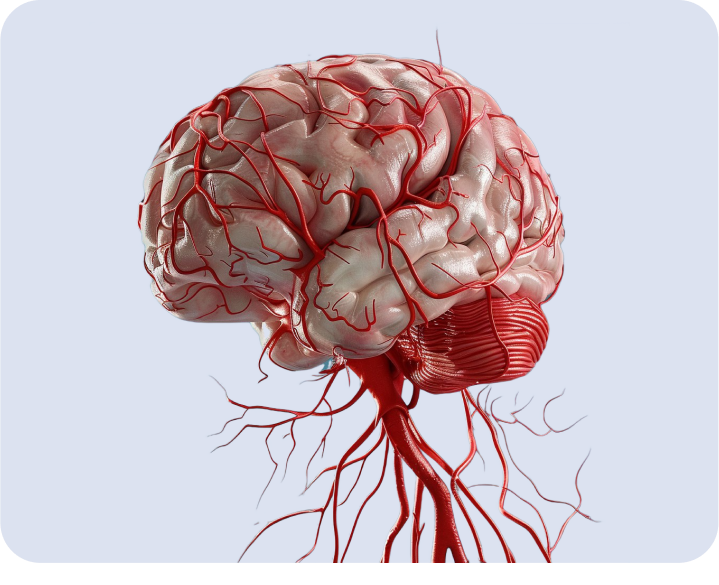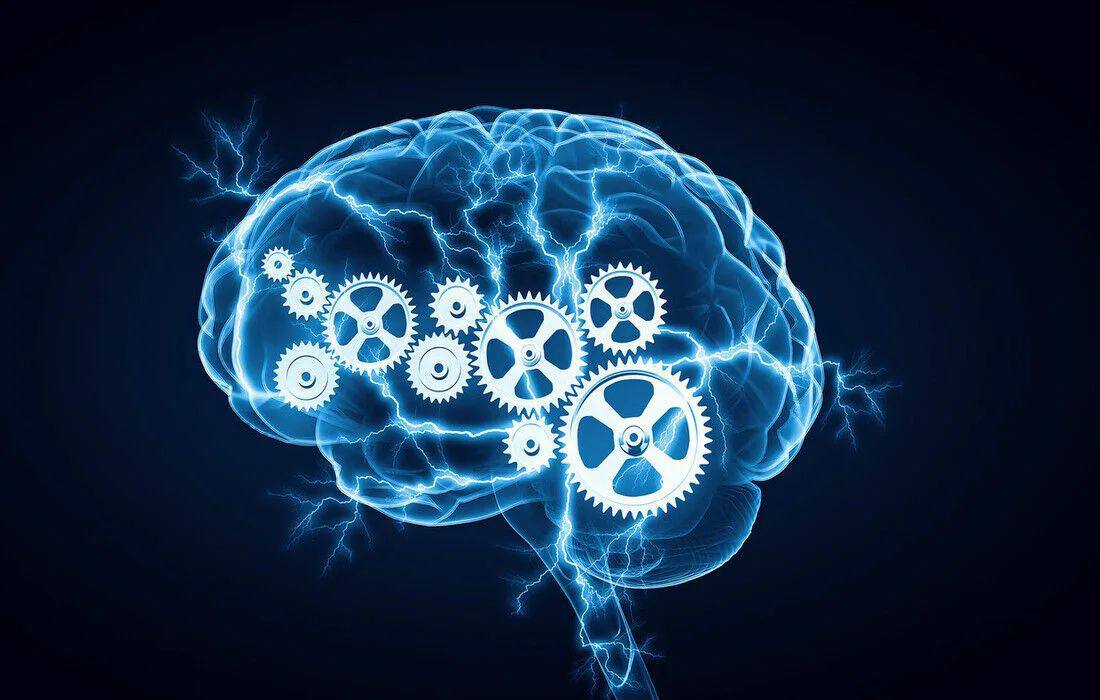Library
Emergency conditions
Registered on ClinicalTrials
Neuroprotection for cerebral disasters at the stage of ambulance
Authors:
V.L. Dvushkevich, A.I. Okunevsky
FSBEI in Voronezh State Medical University named after N. N. Burdenko "of the Ministry of Health of Russia, Voronezh
Place of publication:
Medical alphabet No. 19/2017, volume No. 3. Emergency medicine
The use of Mexidol in intensive therapy of acute severe ischemic stroke
Authors:
Seryogin V.I., Dronova T.V.
GBU RO "Skopinskaya Central District Hospital", Ryazan Region, Russia
Place of publication:
Journal of Neurology and Psychiatry, 3, 2015; Ext. 2
THE INFORMATION IS INTENDED FOR HEALTHCARE AND PHARMACEUTICAL PROFESSIONALS. THIS INFORMATION IS NOT INTENDED AS A SUBSTITUTE FOR MEDICAL ADVICE.
Source of photos and images Shutterstock.com














